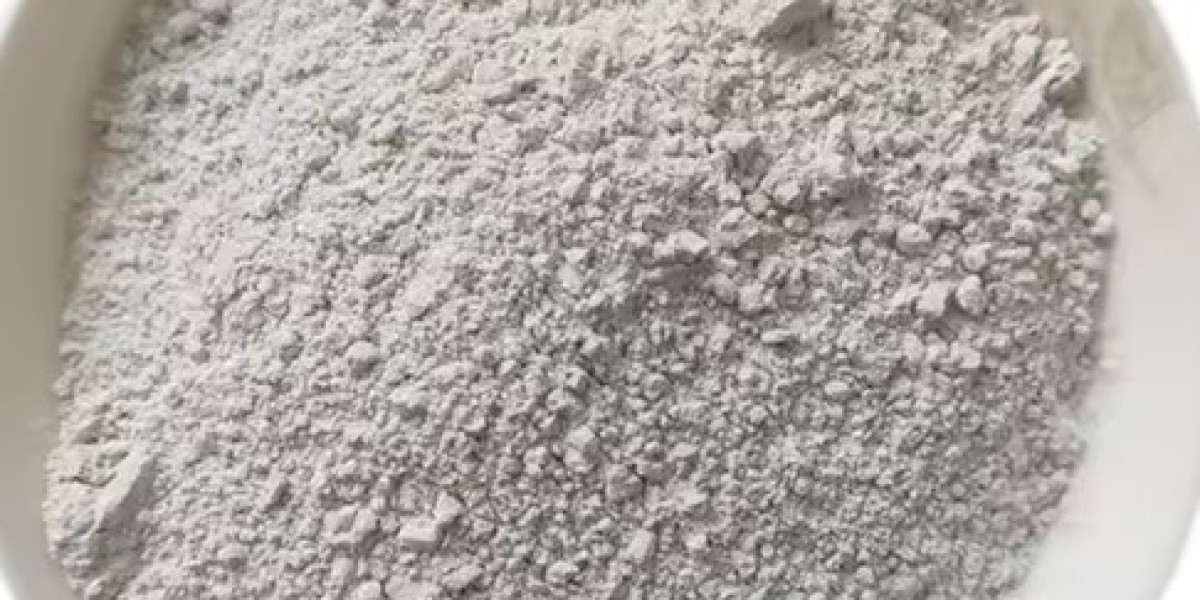China clay, also known as kaolin, is a versatile industrial mineral widely used in ceramics, paper, rubber, paint, and construction materials. With its soft texture, fine particle size, and chemical inertness, it plays a critical role in many manufacturing processes. However, working with china clay requires precision and understanding to maximize its potential and maintain quality. Whether you're a manufacturer, researcher, or product developer, mastering its handling can significantly impact your output.
Here are six essential tips for working with china clay effectively.
1. Understand the Grade You Need
Not all china clay is created equal. The grade you choose depends on the application—ceramics, coatings, plastics, or paper. For ceramics, a high-purity kaolin with low iron content is crucial to avoid discoloration after firing. In contrast, for paper and coatings, brightness and particle size distribution matter more. Misunderstanding the properties of your clay can lead to costly product defects.
Start by consulting technical datasheets from trusted china clay suppliers. Look for specs like brightness (measured in ISO or GE values), particle size distribution, and moisture content. Know exactly what your process requires and match the clay accordingly.
2. Control Moisture Content
Moisture content in china clay influences workability, drying, and firing behavior. Most suppliers offer clay with a moisture content between 10% and 20%, but that doesn’t mean it's always consistent. If you’re using it in processes like slip casting or pressing, even a slight change in moisture can alter the outcome.
Always test moisture content upon delivery, especially if the clay has been in storage. A simple moisture analyzer or drying oven can help you monitor this. Adjust your water addition or drying time accordingly. Skipping this step may cause cracking, warping, or longer drying times—problems that are much more expensive to fix later.
3. Manage Particle Size for Performance
The particle size of china clay affects its plasticity, strength, and appearance in finished products. Finer particles create smoother surfaces and better coverage, making them ideal for coatings and paints. Coarser particles may improve green strength in ceramics but reduce surface finish quality.
When mixing clay for ceramic applications, sieve it to remove lumps or foreign particles. You can also blend different grades of kaolin to achieve a balance of strength and finish. This principle isn’t limited to ceramics. Even industrial talcum powder manufacturers manage particle size meticulously for consistency and usability.
4. Watch for Contamination
Contamination—whether from processing equipment, storage, or handling—can ruin batches and damage machinery. Metallic particles can stain fired ceramic, while organic contamination can cause bloating or black spots. Even residual chemicals from previous processes can interact with clay in unexpected ways.
To prevent this, always clean mixers, conveyors, and containers thoroughly. Store clay in sealed, dry containers away from other chemicals or powders. Some industries, like mica powder supplier operations, follow strict contamination controls because even trace impurities can reduce product value or fail regulatory checks. Similar vigilance is necessary with china clay.
5. Stabilize Clay During Storage
Clay can change over time if not stored properly. Moisture evaporation, microbial growth, and exposure to air can affect its plasticity and color. In humid environments, clay can also absorb moisture, which alters its workability.
If storing large amounts, keep it in moisture-controlled areas. Wrap smaller batches in plastic or use airtight containers. Rotate your stock using FIFO (First In, First Out) methods. Rehydrate any dried-out clay with care, slowly adding water while mixing to prevent lumping or uneven texture.
6. Know Your End Use and Fire Behavior
The firing behavior of china clay is vital, especially in ceramics. Kaolin shrinks when fired, vitrifies at high temperatures, and can interact with other materials in a glaze or body. Ignoring this can lead to warping, poor fit, or glaze defects.
Always conduct test firings before full production. Examine shrinkage rates, color changes, and interactions with other materials. This is especially important if you're combining china clay with other additives like feldspar, silica, or even colored stains. Document your firing cycles carefully—this will become your reference for repeatability.
If you’re using china clay in non-ceramic industries—like paper coating or rubber fillers—thermal behavior might be less critical, but chemical reactivity could be. Again, know your application well.
Conclusion
Working with china clay is not overly complex, but it does require attention to detail. Understanding the grade, managing moisture, controlling particle size, preventing contamination, storing properly, and aligning with the end use are all essential steps.
Invest in good practices early, and the payoff will be better consistency, fewer product issues, and greater control over your manufacturing process. Whether you're dealing with pigments, construction materials, or fine ceramics, these tips will help you get the most out of this important material.
And always choose your materials wisely. A reliable china clay supplier can make or break your production quality.








